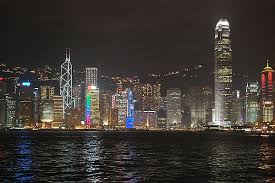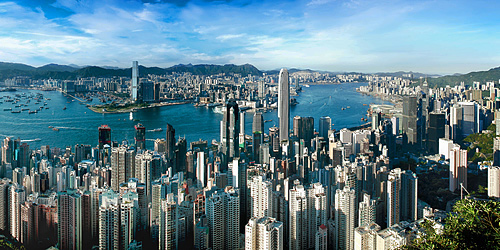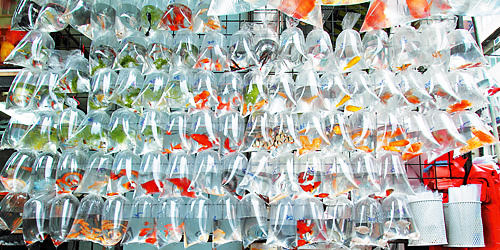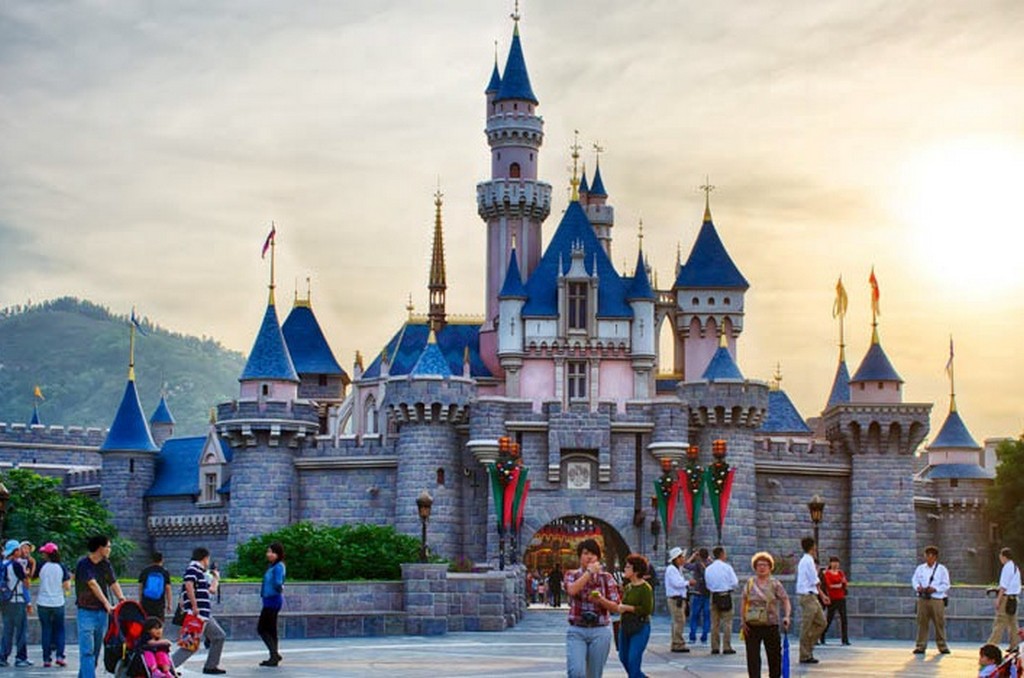
Victoria Harbour is a natural landform harbour separating Hong Kong Island in the south from the mainland to the north. The harbour's deep, sheltered waters and strategic location on the South China Sea were instrumental in Hong Kong's establishment as a British colony and its subsequent development as a trading centre.
Throughout its history, the harbour has seen numerous reclamationprojects undertaken on both shores, many of which have caused controversy in recent years. Environmental concerns have been expressed about the effects of these expansions, in terms of water quality and loss of natural habitat. It has also been proposed that benefits of land reclamation may be less than the effects of decreased harbour width, affecting the number of vessels passing through the harbour. Nonetheless Victoria Harbour still retains its founding role as a port for thousands of international vessels each year.
The harbour is a major tourist attraction of Hong Kong. Lying in the middle of the territory's dense urban region, the harbour is the site of annual fireworks displays and its promenades are used as gathering places for tourists and residents

Victoria Peak (Chinese: 太平山, or previously Chinese: 扯旗山) is a hill on the western half of Hong Kong Island. It is also known as Mount Austin, and locally as The Peak. With an elevation of 552 m (1,811 ft), it is the highest hill on Hong Kong island, ranked 31 in terms of elevation in the Hong Kong Special Administrative Region (Tai Mo Shanis the highest point in the Hong Kong Special Administrative Region with an elevation of 957 m (3,140 ft)).
The summit is occupied by a radio telecommunications facility and is closed to the public. However, the surrounding area of public parks and high-value residential land is the area that is normally meant by the name The Peak. It is a major tourist attraction that offers views of Central, Victoria Harbour, Lamma Island, and the surrounding islands.
Hong Kong Disneyland is a magical kingdom classic Disneyland in Hong Kong's New Territories on Lantau Island. It is the main component of Hong Kong Disneyland Resort. It is a high-profile theme park located in Penny's Bay [Note 1] in the northeastern part of Hong Kong. It is constructed and operated by Hong Kong International Theme Park Co., Ltd. and managed by Hong Kong Disneyland Management Co., Ltd. [2]. Hong Kong Disneyland consists of 7 parks, the fifth in the world, the second in Asia and the first Disney theme park in China. In addition, Hong Kong Disneyland had only 28 hectares at the beginning of its opening, but the first round of the first phase and the second round of expansion plan, the area has reached 35 hectares [3]; Hong Kong Disneyland is currently in the third round of the first phase The expansion [4], while the second phase of the plan is not completed. Finally, although Hong Kong Disneyland is the world's smallest Disneyland, it has the largest "exploration world" region of all Disneyland in the world and the world's largest 3D seamless screen to perform "Mickey Fantasia" [5].

The Avenue of Stars (Chinese: 星光大道), modelled on the Hollywood Walk of Fame, is located along the Victoria Harbour waterfront in Tsim Sha Tsui, Hong Kong. It honours celebrities of the Hong Kong film industry.[1]
In late January 2019, the avenue has been reopen to the public after 3 years of renovation.

Tung Choi Street (Chinese: 通菜街; pinyin: Tōngcài Jiē; Cantonese Yale: tung1 choi3 gaai1) is a street situated between south of Sai Yeung Choi Street and Fa Yuen Street in Mong Kok, Kowloon, Hong Kong. It is one of the most well-known street markets in Hong Kong. Its southern section, popularly known as Ladies' Market or Ladies' Street (女人街),[1] sells various, low-priced products for women and also other general merchandise. Its northern section not far above Bute Street, has a wide variety of affordable plants, pet supplies and animals especially goldfish since it is also known as "Goldfish Street".
